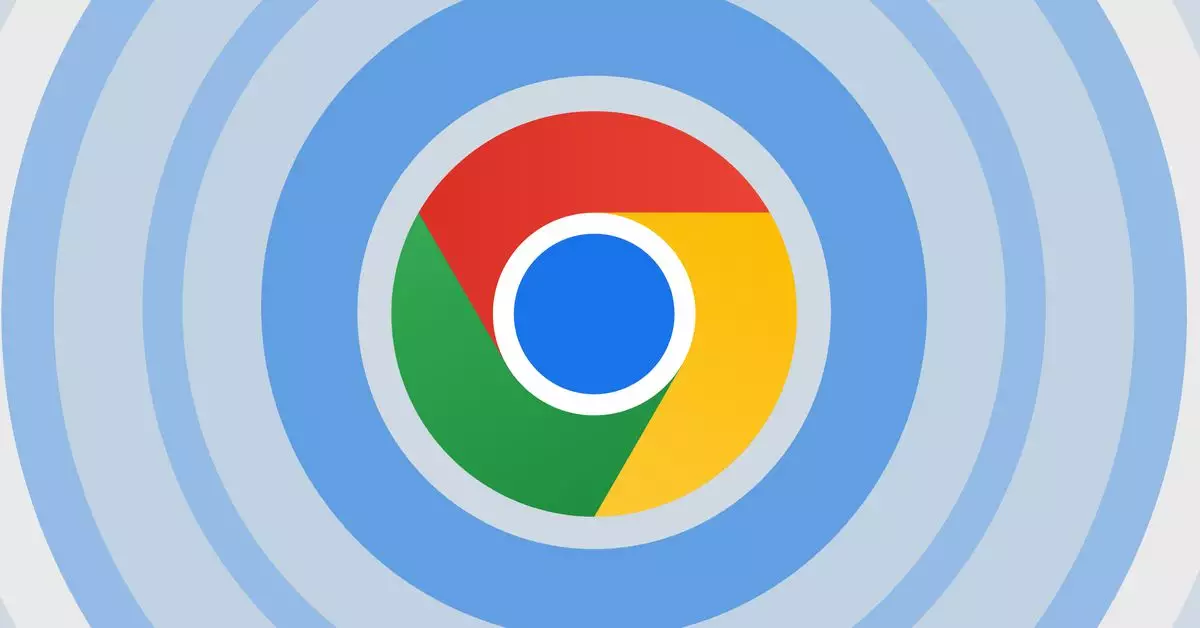Microsoft’s recent commitment to making changes to Chromium in order to enhance text rendering on Windows machines is a significant development in the tech industry. This move comes after years of complaints from users regarding text readability on Google Chrome compared to Microsoft Edge.
One of the key changes that Microsoft has implemented is the support for contrast and gamma values from the Windows ClearType Text Tuner on Chrome version 124. This means that Chrome will now be able to apply text contrast enhancements and gamma correction, making text on webpages more readable. This adjustment brings Chrome on par with Edge in terms of font and text rendering improvements.
Microsoft’s ClearType font technology has been a staple in Windows for improving text rendering, giving text a printed-on-paper appearance. By integrating ClearType Text Tuner support into Chrome, Microsoft ensures that the browser can adapt to changes in contrast and gamma, similar to other native Windows apps. This integration was spearheaded by Kurt Catti-Schmidt, a senior software development engineer at Microsoft, who has been dedicated to enhancing text rendering on Chromium-based browsers.
Microsoft’s decision to improve Chromium-based browsers on Windows stems from its initiative to offer its expertise to enhance the overall experience for users. Since transitioning to Chromium in its own Edge browser over five years ago, Microsoft has consistently worked towards enhancing various aspects of browsing, such as scrolling and touch support, in collaboration with Google.
Microsoft’s dedication to improving text rendering on Chromium-based browsers demonstrates its commitment to enhancing the user experience on Windows machines. By integrating ClearType Text Tuner support into Chrome, Microsoft has taken a significant step towards making web content more readable for users. This collaborative effort between Microsoft and Google highlights the importance of industry partnerships in driving innovation and improving digital accessibility.


Leave a Reply